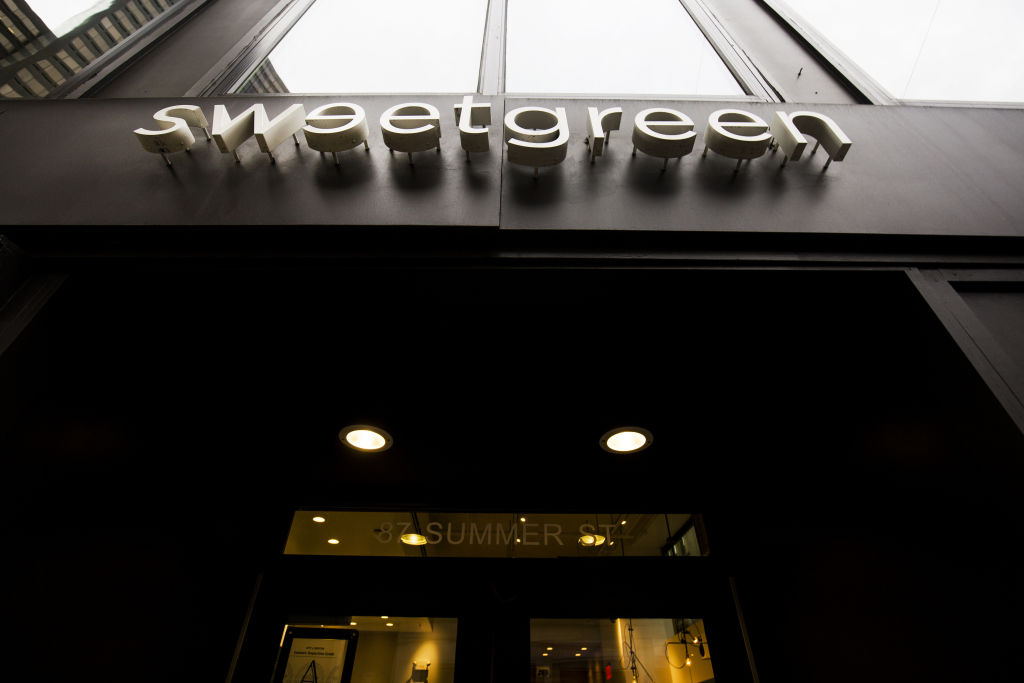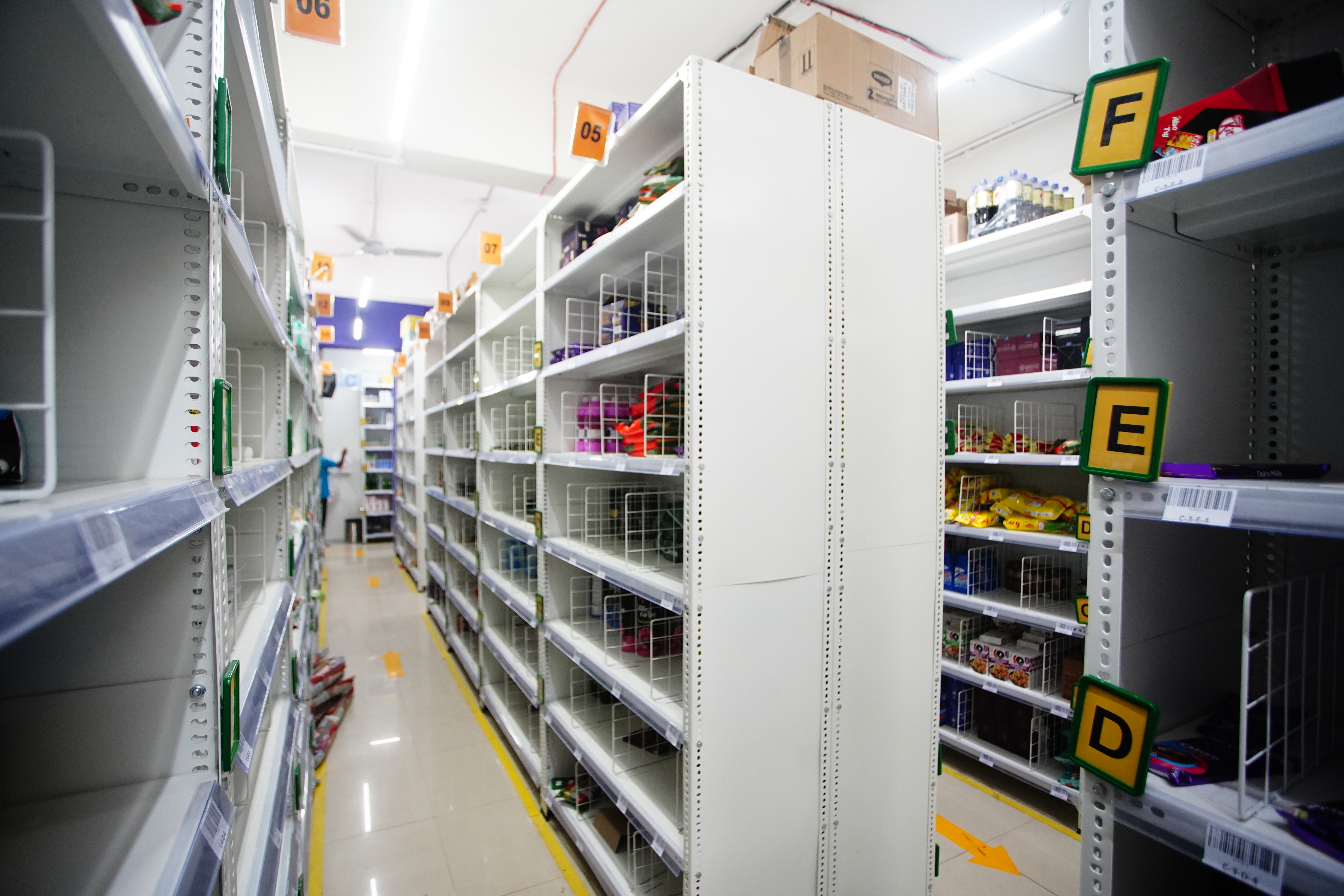Is Southeast Asia about to hit an inflection point for tech startups?
Four hundred million people in the region already use the internet, but by year’s end, one estimate suggests that 80% of the population over the age of 15 in Indonesia, Malaysia, the Philippines, Singapore, Thailand and Vietnam will be digital consumers.
“As per Jungle Ventures’ calculations, the total value of the region’s digital companies is around $340 billion today and is estimated to grow to $1 trillion by 2025,” says founding partner Amit Anand.
Full TechCrunch+ articles are only available to members.
Use discount code TCPLUSROUNDUP to save 20% off a one- or two-year subscription.
E-commerce, fintechs and the rapid digitization of the region’s SME workforce are a few of the factors reshaping the landscape for Southeast Asia’s startups, but supply chain technology is also a major opportunity, Anand says.
“With new deals and intentions to list in the U.S. being announced more frequently, the region shows no sign of slowing down and the birth of many more unicorns is on the horizon.”
Thanks very much for reading TechCrunch+ this week!
Walter Thompson
Senior Editor, TechCrunch+
@yourprotagonist
The Bowery Farming TC-1

Image Credits: Nigel Sussman
Just over a tenth of Americans have jobs in food and agriculture, so it’s easy to see why many of us lack a keen awareness about what we’re eating or where it comes from.
Our food supply isn’t as secure or predictable as we assumed: Climate change, safety recalls, the COVID-19 pandemic and even immigration policies can directly impact what’s available at the store.
The technological leaps that made it possible to feed (most of) the world will not see us through the next century unless we change course.
Plant-based protein has gotten a lot of press, but vertical farming that leans on hardware and robotics has reached scale, reports Brian Heater, TechCrunch hardware editor.
In a four-part series, he explores the origins and operations of Bowery Farming, a profitable startup that has raised almost $500 million since 2015 to create new tech and facilities that raise leafy greens sold in nearly 900 markets.
Part 1: Bowery Farming is forcing us all to look up at the future of vertical agriculture
Part 2: Hacking lettuce for taste and profit
Part 3: Can LEDs ultimately replace the sun?
Part 4: The voracious fight for your salad bowl
Since Big Tech came to Denver, investors can’t buy enough local startups
Denver, Colorado is nicknamed the Mile High City, but enthusiastic investors don’t seem to mind the thin air.
“Per a recent CB Insights report, Denver-based startups raised around $2.7 billion in all of 2020,” report Anna Heim and Alex Wilhelm in today’s edition of The Exchange.
“The same dataset says that startups in the city have raised $3.1 billion through Q3 of 2021 — more capital in less time.”
Colorado’s central location and quality of life have made Denver and nearby Boulder attractive hubs for Big Tech firms. Now that remote work has become the norm, remote investment in the area has dialed up as well.
“Denver was ready for the Zoom boom, and is reaping the — venture capital — rewards.”
Credit card and payments companies compete for a slice of the growing BNPL market
Giving consumers the convenience of deferring payment for a product is not a new idea, but now that upstarts like Klarna, Afterpay and Affirm have taken the concept to the next level, legacy credit card companies and payment firms are taking notice.
Mary Ann Azevedo and Ryan Lawler have identified a “slow emergence” in the BNPL space “of a symbiotic relationship between traditional financial institutions, payments upstarts and leading companies.”
Visa announced this week that many companies are using its technology to power point-of-sale BNPL solutions; last month, its rival rolled out Mastercard Installments, its bespoke offering.
“It’s not really a surprise that these credit card companies are stepping it up when it comes to BNPL,” reported Ryan and Mary Ann. “If anything, it’s a wonder that it took them this long.”
Dear Sophie: Any advice for living my dreams in Silicon Valley?

Image Credits: Bryce Durbin/TechCrunch
Dear Sophie,
After trying to find an H-1B job to immigrate to the United States for several years, I took a senior software engineer position with a company in Canada.
My dream is to immigrate to Silicon Valley to start my own venture. Any advice?
— Eager Entrepreneur
Heavily VC-backed salad chain Sweetgreen heads toward public markets

Image Credits: Adam Glanzman/Bloomberg / Getty Images / Getty Images
At a previous job, I worked near a Sweetgreen location, stopping in once each week to pick up our startup’s lunch order.
The salads were delicious, but the prices definitely made me appreciate our free lunch policy. While reading Alex Wilhelm’s review of Sweetgreen’s S-1, I recalled something else: whenever I visited, I was usually the only customer waiting for a pickup.
Heavily reliant on digital orders and office workers, Sweetgreen “is rather unprofitable and doesn’t appear to be on the cusp of a rapid march toward profitability,” writes Alex.
At the same time, “the company’s overall business plan appears sound on paper.”
How to root out shadow IT and maximize SaaS investments
In a modern, mostly remote workplace, unapproved SaaS applications used by individual employees may lead to duplicate subscriptions, wasted IT spend and greater risk of a data breach.
How do you chase away the shadows? Just shine a light on your SaaS portfolio, according to CEO and co-founder of Zylo, Eric Christopher.
“Once IT has a line of sight into all applications in use and how they are used, they are positioned to optimize investments,” he says. “Implementing self-service SaaS at your organization is easier than you may think.”
Robinhood’s nasty quarter shows the ups, downs of trading incomes
Any stock that trades on the prospect of a company’s growth rather than its current business value is treading on thin ice.
So when trading platform Robinhood reported worse-than-expected Q3 revenue and profit, and predicted Q4 revenue also below analysts’ expectations, the market responded.
In an in-depth examination of the company’s Q3 results, Alex Wilhelm found that Robinhood’s user base, crypto trading revenues and revenue per user all fell, which led to its profitability “taking a beating.”
If competitor Coinbase “has seen even a fraction of the downturn that Robinhood has experienced in terms of crypto transaction incomes, it could have a tough quarter,” he says.
How 2 companies leveraged organic and inorganic growth
Taking a thoughtful, balanced approach to combining organic growth with the booster shot of a merger or acquisition can unlock sustainable growth, writes Progress Partners’ senior managing director, Chris Legg.
He highlights two examples of successful M&A strategies:
- Outside Inc.’s aggressive vertical acquisition spree to expand its offerings while entering completely new markets.
- Trusted Media Brands’ deal with Jukin Media to diversify its content and increase its advertising base.
Crafting a pitch deck that can’t be ignored
To find out what a pitch deck needs to stand out, Managing Editor Danny Crichton hosted a panel at TechCrunch Disrupt featuring Mar Hershenson, the founding MD of Pear VC; Mercedes Bent, a partner at Lightspeed, and Saba Karim, who heads the global startup pipeline at TechStars.
Their chat contains valuable insights into how pitches have evolved over the past year, the VCs’ thought process when reading decks and what founders should focus on if they don’t want to be ignored.
“The decks are getting better and better in terms of design,” said Bent. “I think more and more people have realized that the visual representation of your deck is just as important as the material and the content that’s in there.
Originality definitely helps an entrepreneur break apart from the crowd, said Karim.
The best pitch deck that I got in a different format would be from a company that recently got into TechStars — it was actually a podcast version of their pitch deck that had my face on it. I went into Apple Podcasts and it said, “Hey, Saba, here’s my pitch.” That was amazing! But the second or third time that happens, it might not be as impressive because I’ve seen it before.
Allbirds flotation should help the market sort the value of tech-enabled IPOs
I’ve always had an interest in the origin of words: We use “bellwether” as a term to describe trendsetters, but it originally referred to a sheep with a bell tied around its neck, which encouraged the rest of the flock to follow.
Similarly, IPO filings offer a glimpse into a company’s inner workings, but they can also offer insight into prevailing market trends.
Tech-enabled footwear maker Allbirds’ IPO filing serves both purposes quite well, reports Alex Wilhelm: The company expects to debut between $12-$14 per share, which would value it about $2 billion at the upper end of the range — not far from where Rent the Runway debuted at in its IPO this week.

from eCommerce – TechCrunch https://ift.tt/3nKoaiQ

via
IFTTT

 from eCommerce – TechCrunch https://ift.tt/3nJiXI8
from eCommerce – TechCrunch https://ift.tt/3nJiXI8 via IFTTT
via IFTTT














